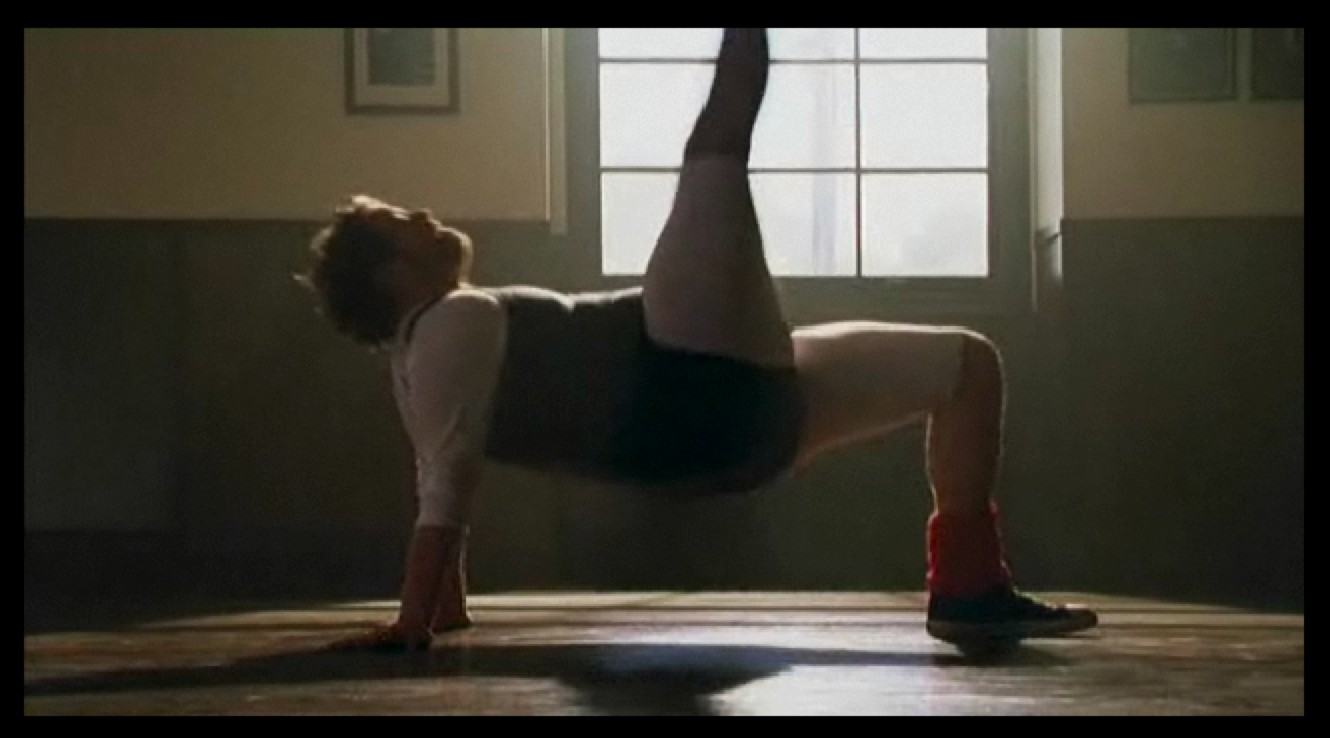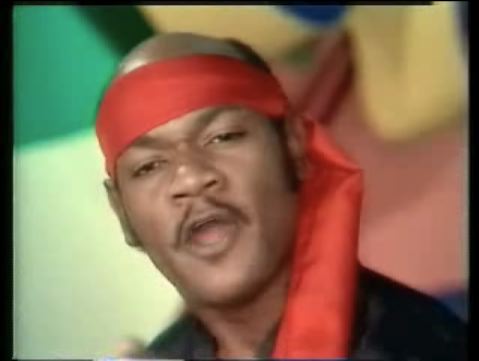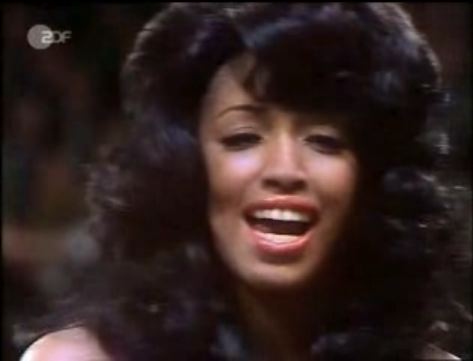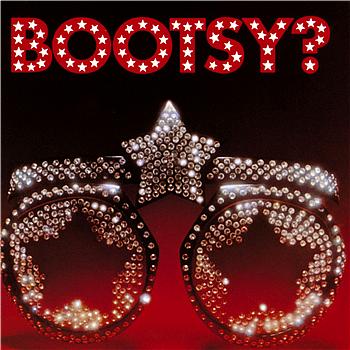Entries Tagged 'Black Music' ↓
April 15th, 2008 — Advertising, Black Music, Dance, DVD, Entertainment, Fashion, Film, Hip-Hop, Media, Music Video, Pop Culture

What a feeling: Carlton Draught’s “Kevin Kavendish” gets footloose
Here’s the safest bet you can possibly make in your life: When director Adrian Lyne released Flashdance, on April 15, 1983, dollars-to-donuts that neither he nor the movie’s distributor, Paramount, was counting on anyone talking about it a quarter of a century later.
Continue reading →
April 2nd, 2008 — Black Music, Entertainment, Pop Culture, TV

You’ve gotta wade past 1:50 of what looks like late ’60s, public access-level Dutch TV sitcomedy. But if you live through that, in sight is a glorious YouTube of Carl Douglas lip-syncing his signature 1974 track, “Kung-Fu Fighting.” [Insert Bruce Lee wild cat sound here.]
March 11th, 2008 — Black Music, Pop Culture

Congratulations to Kenny Gamble and Leon Huff of Gamble & Huff, for their induction into the Rock and Roll Hall of Fame last night.
The architects of the so-called “Philly Sound,” the duo, as songwriters, arrangers, and producers, were responsible for such hits as the O’Jays’ “Backstabbers”and “Love Train,” Harold Melvin & the Blue Notes’ “If You Don’t Know Me By Now,” and a list as long as you are tall of everything you and your parents love in ’70s soul music.
I’ve met Kenny Gamble, and hosted him on a producer’s panel at the VIBE Music Seminar, about 10 years ago, where we listened to and discussed the O’Jays’ “For The Love of Money”; still, in my opinion, one of the greatest record productions ever; almost hallucinogenic in its intensity.
For your morning commute, consider one the most lovely records to come out of the Philly Sound: The Three Degrees’s “When Will I See You Again,” presented both in a live version, and a kinda strange/yet still kinda cool German TV lip sync version.
March 6th, 2008 — Black Music, Pop Culture

Thanks to Public Enemy bassist Brian Hardgroove for this hour-long interview with William “Bootsy” Collins.
Truly one of my cultural heroes, Collins played bass on such great James Brown records as “Sex Machine,” beginning at the age of 17, then moved on to working with Parliament-Funkadelic, before ultimately forming his own Bootsy’s Rubber Band.
I first heard him, and of him, in 9th grade, with the release of his 1978 Warner Bros. album, Bootsy? Player of the Year, above, and the single “Bootzilla.” That record, which, somehow, ended up on the end of this interview, kinda scared me when I listened to it the first time…but in a good kind of way.
I later met Bootsy, and got to interview him, around 2000, when I was working on an unfinished radio doc—that I kinda wanna get back into—about the history of the bass guitar in popular music. He was a warm and gentle guy, natural, absent of ego, which is amazing when you consider his tremendous talent.
Perhaps because they’re both bassists, Hardgroove and Bootsy talk not a whit about technique, or fundamentals, or advanced theory when playing their instrument. They know how, so why talk about it? I’d have liked to hear some of that, but there’s probably a lot I’d like to ask Collins.
What’s here is very rich, like when Bootsy talks about playing on his first Brown record: “The Grunt.: That’s the same record P.E. pulled samples off for tracks like “Night of the Living Baseheads” and, most uniquely, “Rebel Without a Pause.”
So, listen, and, when you’re done, or whenever, shoot over here and check out this 4:26 clip, possibly from 1978, of Bootsy in concert, performing a Space Bass solo. (Is that “(You’re a Fish & I’m a) Water Sign”?) Remember to pick up any leftover pieces of your mind after it’s blown.
March 5th, 2008 — Black Music, Entertainment, Hip-Hop, Music, Pop Culture
Look at the following list:
Public Enemy, It Takes a Nation of Millions to Hold Us Back
N.W.A, Straight Outta Compton
Slick Rick, The Great Adventures of Slick Rick
EPMD, Strictly Business
Boogie Down Productions, By All Means Necessary
Big Daddy Kane, Long Live the Kane
Ultramagnetic MC’s, Critical Beatdown
Eazy E, Eazy-Duz-It
Eric B. & Rakim, Follow the Leader
Biz Markie, Goin’ Off
Salt-N-Pepa, A Salt with a Deadly Pepa
DJ Jazzy Jeff & the Fresh Prince, He’s the DJ, I’m the Rapper
Jungle Brothers, Straight Out the Jungle
Now, consider this: All of these albums were released in one twelve-month period, in 1988.
I could keep going. Marley Marl, In Control, Vol. 1. Kool G Rap & DJ Polo, Road to the Riches. King Tee, Act a Fool. Ice-T, Power. 2 Live Crew, Move Somethin’. Too Short, Life is…Too Short.
What, exactly, happened twenty years ago that enabled so many artists to release so many albums of such high quality is such a short period of time? What created hip-hop’s annus mirabilis; “year of miracles”?
Today, Wednesday, March 5, 2008, 2 pm ET, I’ll be on WNYC/93.9 FM’s Soundcheck, with John Shaefer, talking to John and RS.com (Rolling Stone) editor Kyle Anderson, attempting to address this very question. (Later on, I’ll also be talking about with John about my VIBE piece on Palestinian hip-hop.) RS.com has their own analysis, here, and Soundcheck has a link, in case you missed the live broadcast. Let’s see if we can move somethin’.




